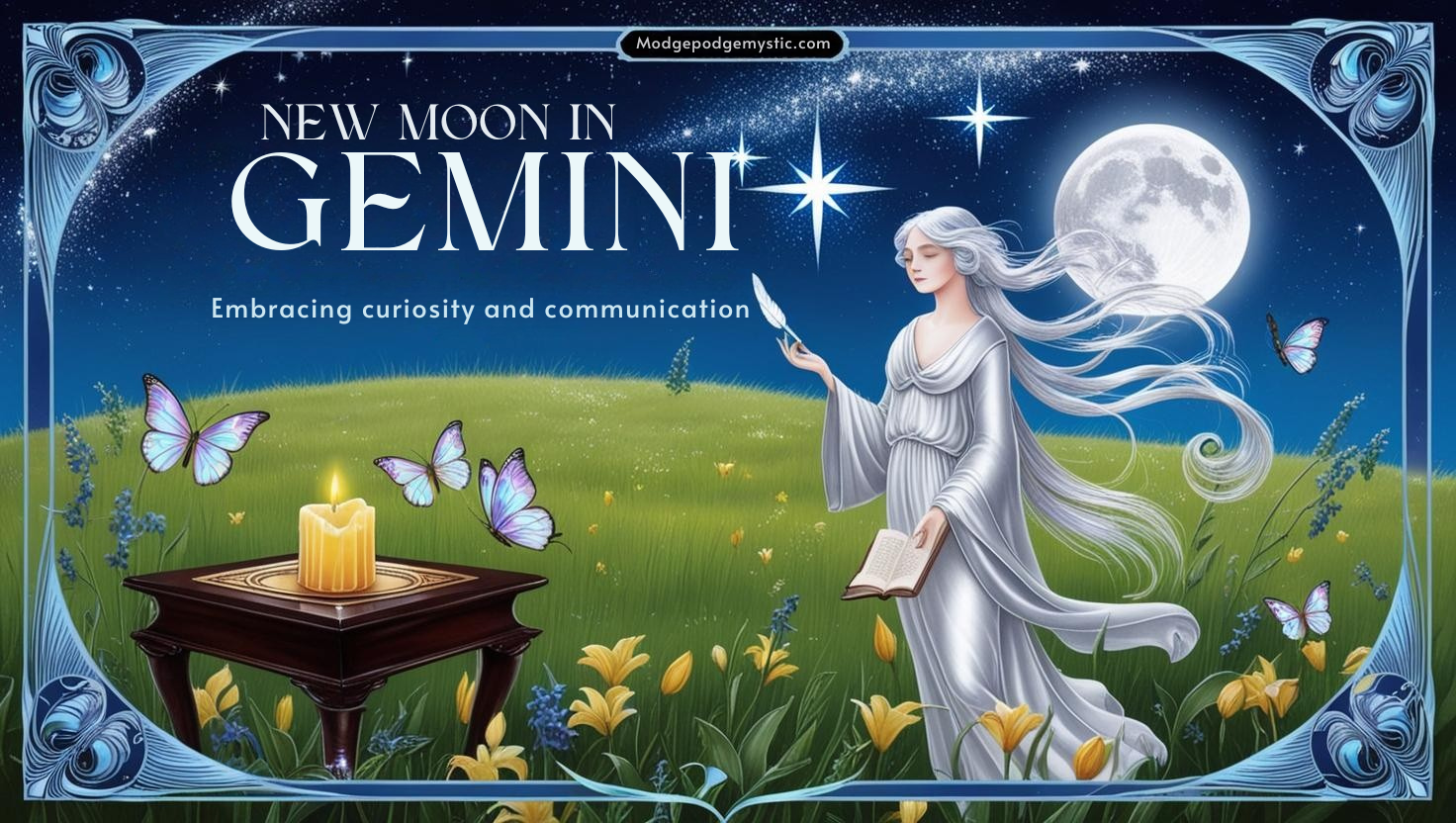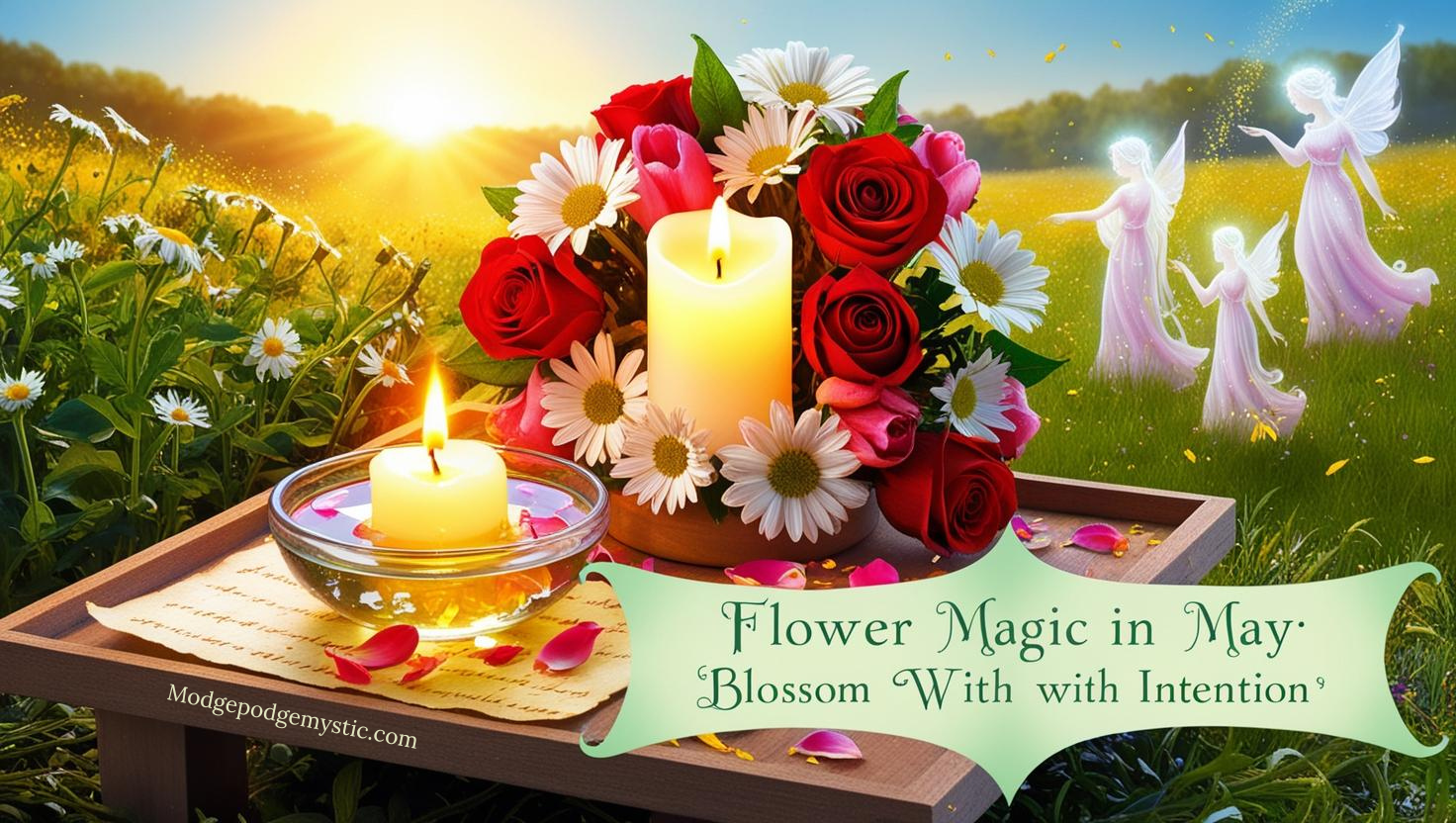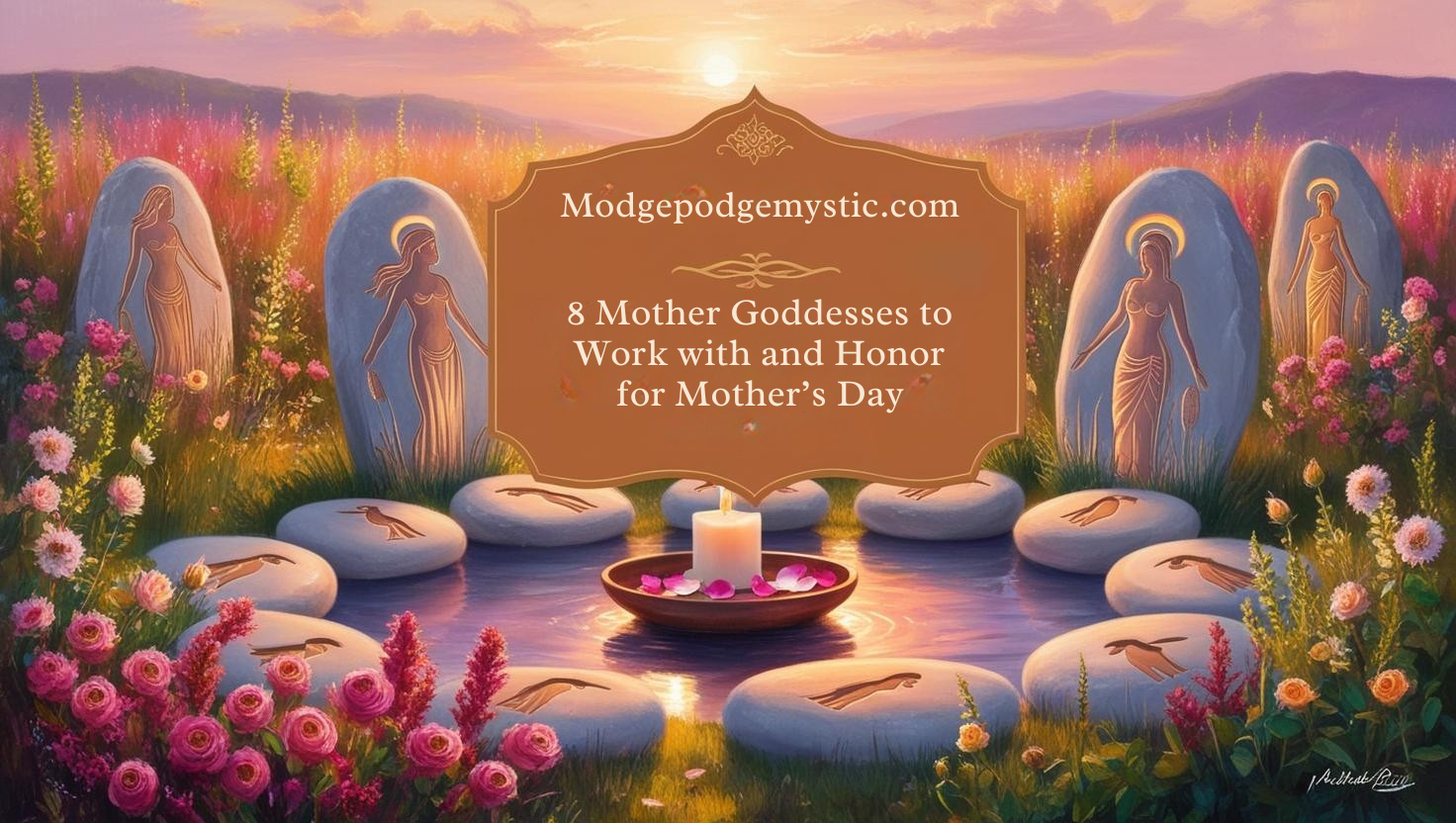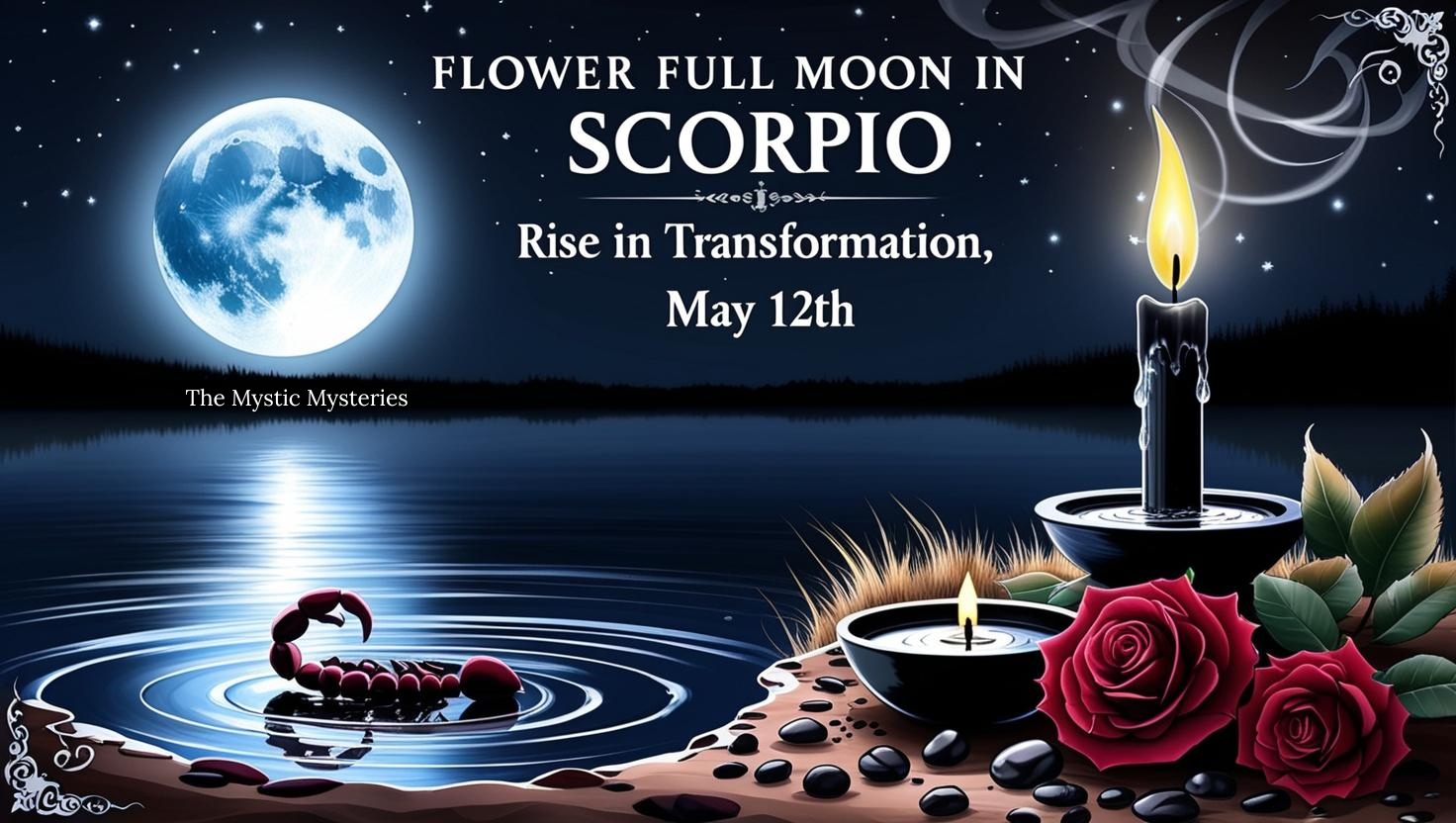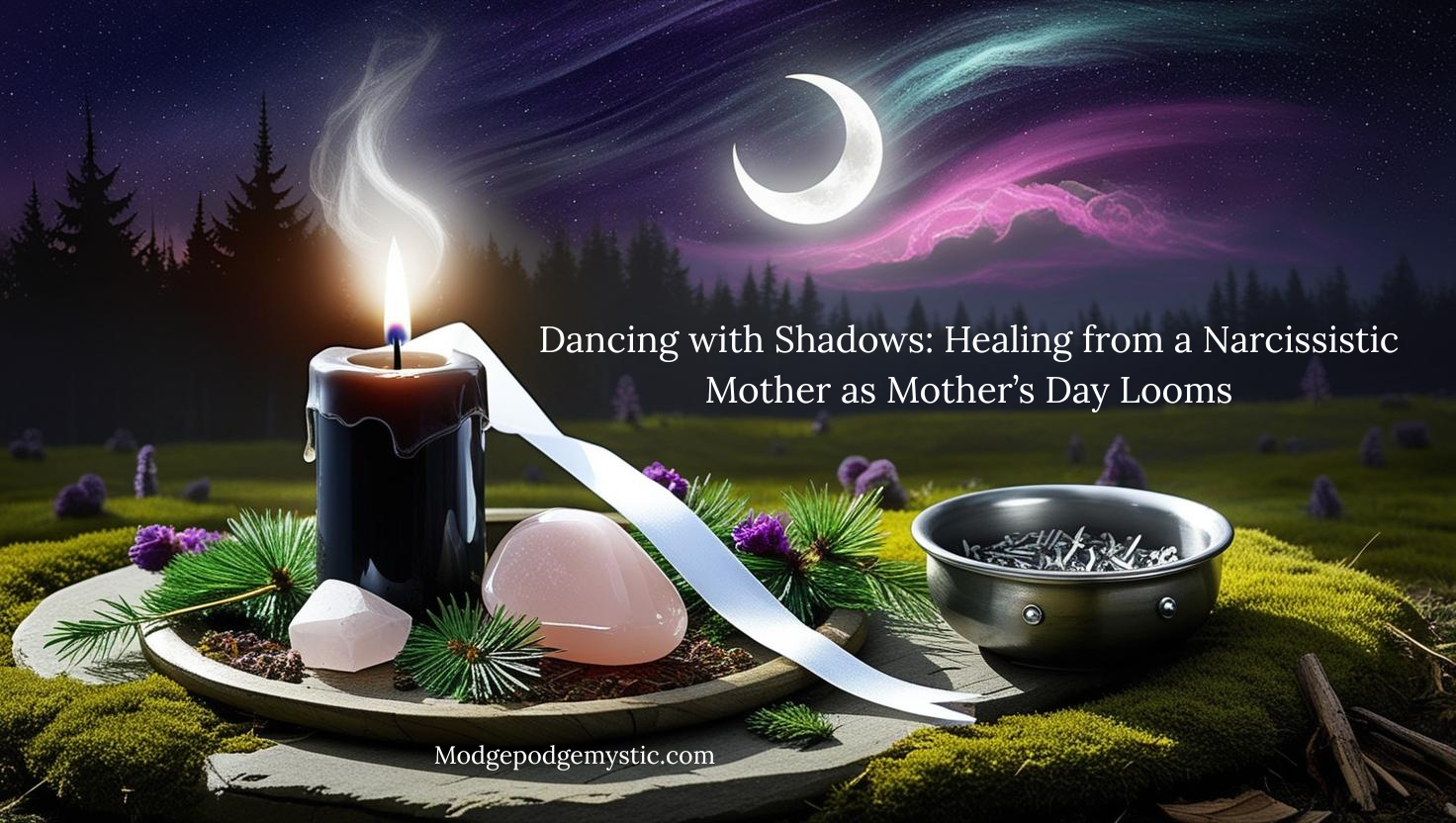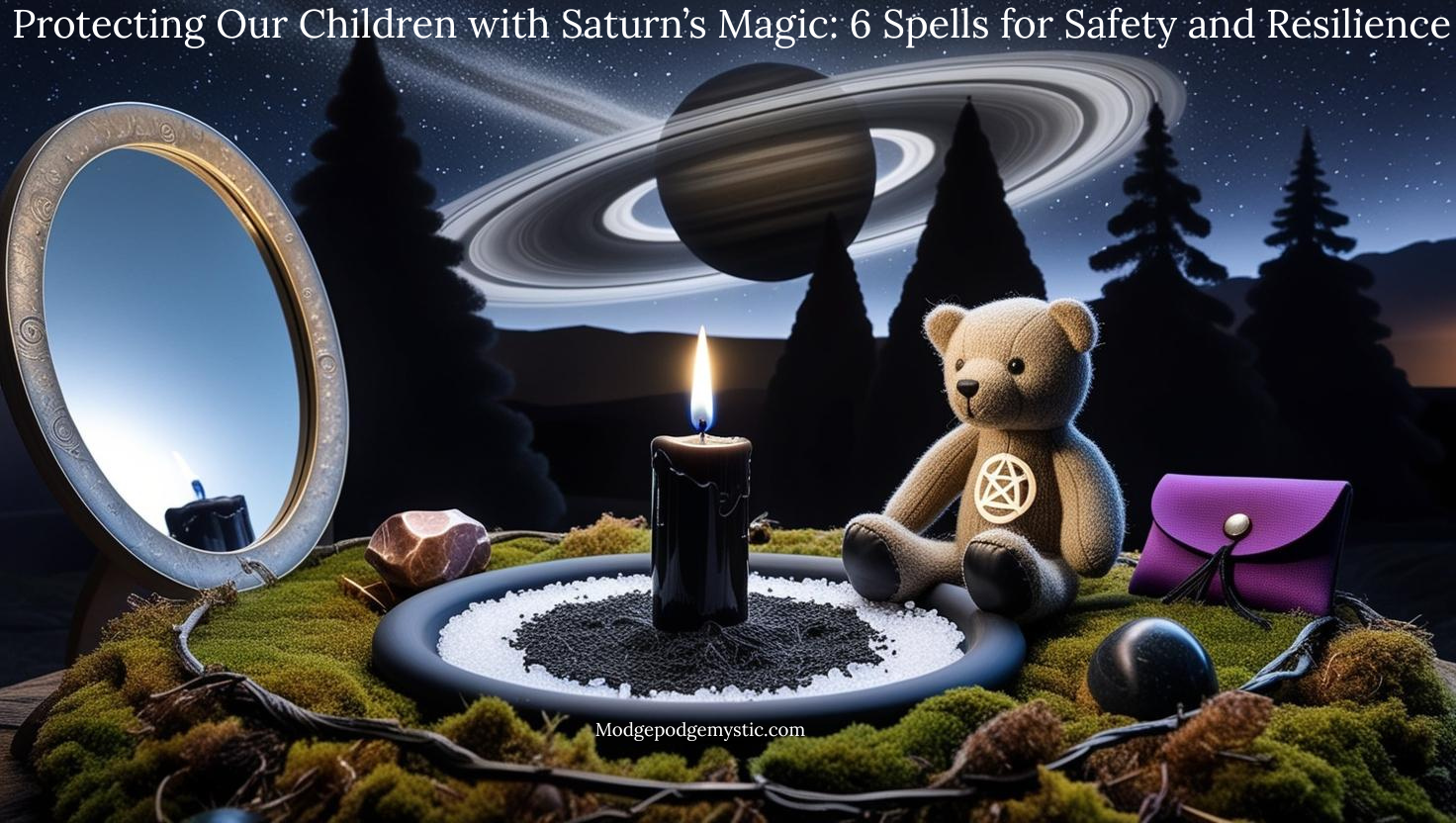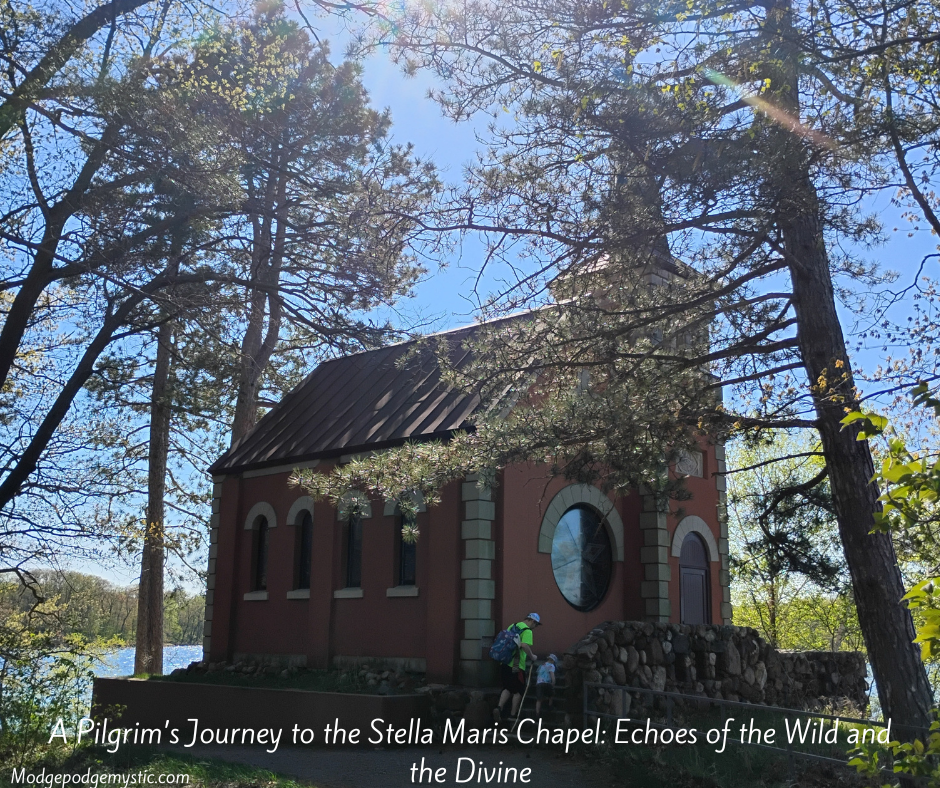

As I turned off County Road 159 onto the rugged trail leading into Saint John’s Nature Preserve, the air thickened with an ancient, untamed pulse. The late afternoon sun filtered through the dense canopy, casting dappled shadows over the path as I embarked on a pilgrimage to the Stella Maris Chapel—a hidden sanctuary nestled on the shores of Sagatagan Lake. This wasn’t just a hike; it was a sacred odyssey, the longest I’ve undertaken, stretching my body and soul across the preserve’s wild expanse. The crunch of leaves and the distant call of a loon filled the silence, a symphony of nature that wrapped around me like a cloak. I felt a shiver—not from the cooling air, but from the raw magic of this land, whispering tales of its pre-colonial spirit, the unique Lily of the Mohawks statue, and the chapel’s haunting, powerful presence that drew me back three times in a single week.
Where Is the Stella Maris Chapel?
For those unfamiliar with this sacred site, the Stella Maris Chapel lies within the Saint John’s Nature Preserve, part of the Saint John’s University campus near Collegeville, Minnesota, about 10 miles west of St. Cloud. Accessible via a winding trail from the Abbey Arboretum, the chapel sits on a small peninsula jutting into Sagatagan Lake, a serene body of water surrounded by rolling hills and dense forest. The preserve itself spans over 2,500 acres, a haven of oak savannas, wetlands, and prairies, but the chapel’s location demands a pilgrimage hike of over three miles round-trip, its isolation adding to its mystique. This journey, the most intimate I’ve experienced with the land, brought me face-to-face with its creatures—deer darting through the underbrush, geese honking overhead—and the unseen beings and spirits that seem to guard this place. The chapel, built in 1915 and renovated over the decades, stands as a testament to devotion, its stark simplicity belying a message that roared louder than any I’ve encountered.
The Land Before White Colonization
Before the arrival of European settlers, this land was the domain of the Ojibwe and Dakota peoples, who thrived here for millennia. The area around Saint John’s, part of the broader central Minnesota landscape, was a rich tapestry of seasonal camps, trade routes, and sacred sites. The Ojibwe, known for their deep connection to the water and sky, likely revered Sagatagan Lake as a spiritual nexus, its shores a place for ceremonies and offerings. The Dakota, whose ancestral lands included this region, saw it as part of their creation story, a land where the earth and sky met in harmony, long before the imposition of colonial boundaries. Archaeological evidence suggests petroglyphs ( we even uncovered our own) and burial mounds dotted the area, hinting at a vibrant Indigenous culture that honored the land’s wild spirit.
The arrival of white settlers in the 1850s, spurred by the establishment of Saint John’s Abbey in 1856, marked a shift. The monks, Benedictines from Pennsylvania, cleared forests and drained wetlands to build their priory, displacing the Indigenous presence. Yet, the land’s ancient energy persists, felt in the rustle of leaves and the call of the wind, a reminder of the spirits who once danced here. This history adds a layer of complexity to my pilgrimage—a dialogue between the land’s original keepers and the sacred space now claimed by the chapel, a tension that fuels its magic.

The Magic in the Land
The magic of this land is a living force, woven into every root, ripple, and whisper. As I walked, I felt the earth’s pulse beneath my feet, a heartbeat that synced with my own, carrying the echoes of Indigenous rituals and the monks’ prayers. The air hummed with unseen energy—spirits of the Ojibwe and Dakota lingering in the trees, their songs blending with the rustle of leaves, while the lake’s surface shimmered with a silvery glow, reflecting a portal to other realms. The preserve’s creatures—beavers, loons, turtles, cranes, frogs, geese, and deer—served as messengers, their presence a reminder of the wild divinity that thrives here. This magic is raw and untamed, a cauldron of power that drew me back three times, each visit deepening my connection to the land’s ancient soul. It’s a place where the veil thins, where a grey witch like me can commune with the spirits, feel the weight of history, and find healing in the wild embrace of nature.
The Unique Lily of the Mohawks Statue
Near the trail’s beginning, overlooking the tranquil expanse of Sagatagan Lake, stands the statue of Lily of the Mohawks, a figure that stopped me in my tracks. Carved from weathered limestone, she appears as the first Native American woman saint, her likeness a striking blend of Indigenous grace and spiritual authority. Her braided hair cascades over her shoulders, a testament to her heritage, while a loyal dog sits at her feet, a guardian of her sacred domain. Surrounding her base are delicate lilies, their white petals glowing in the soft light, symbolizing purity and resilience. This representation, unlike the traditional Marian figures, feels deeply personal—a bridge between the land’s Indigenous past and the chapel’s Christian present, her gaze watching over the lake like a sentinel of the wild.
Her presence, rooted in local lore as the first Native American saint, adds a layer of mystery—perhaps a nod to an unrecorded Indigenous holy woman canonized by the monks in reverence. Standing before her, I felt a surge of connection, her eyes seeming to hold the wisdom of the ages, drawing me back to this trailhead again and again. This unique statue, set against the lake’s mirrored surface, amplified the preserve’s magic, a silent invitation to honor the land’s original keepers.

A Magic That Called Me Back
The magic of this place hit me like a thunderclap. The first visit, on a golden evening, left me trembling with its intensity—the lake’s reflection, the spirits’ whispers, the land’s pulse. I returned the next night, drawn by Lily of the Mohawks gaze, and again the next day afternoon each time feeling the energy deepen. Three visits in one week, an unheard-of pull for me, spoke to the site’s sacred potency. The hike, the longest I’ve endured, wound through wetlands and hills, each step a communion with the earth. I encountered a beaver staring into my soul, a family of geese guiding my path, and an unseen presence that seemed to watch, a guardian or perhaps a spirit unsettled by my intrusion.
This intimacy with the land and its creatures, combined with the chapel’s spiritual charge, made it a pilgrimage unlike any other. The spirits here—Indigenous echoes, monastic devotion, and wild nature—wove a tapestry of magic that anchored me, a grey witch seeking truths in the unseen. The land’s history and the chapel’s message fused into a call I couldn’t ignore, a sacred dance that left me both humbled and empowered.
My First Visit
On my first visit, I stood at the threshold of the Minnesota woods, where sunlight weaves golden threads through ancient pines and shadows cradle secrets older than time. Under Taurus’s grounding embrace, with Beltane’s embers still warm (May 1) and Mother’s Day (May 11) calling us to nurture our souls, I prepared to hike amidst the beings, whispers, and hidden realms of these sacred groves. In Mental Health Awareness Month, this journey was a spell of connection—to Gaia, to the unseen, to the self. Join me in this post as I unravel the mystical tapestry of the woods, where light and shadow dance, and I share a meditative ritual to deepen your own pilgrimage.

A Portal to the Multiverse
The Minnesota woods are no ordinary forest—they are a living cathedral, a liminal space where the veil between worlds thins. Towering oaks and whispering birches stand as sentinels, their roots entwined with the dreams of ancestors and the songs of the fae. Sunlight spills through the canopy, painting the forest floor with sigils of warmth, while shadows pool in hollows, hiding doorways to other realms. Here, the air hums with the chatter of unseen beings—sprites darting among ferns, spirits murmuring in the rustle of leaves, and ancient guardians watching from moss-covered stones. Each step is a communion with Gaia, a dance with the divine feminine who cradles both light and shadow in her embrace.
As I hiked, I felt the woods’ pulse sync with my own. The sunlight warmed my skin, a reminder of life’s radiant gifts, while the shadows invited me to face my inner mysteries—grief from my mother’s betrayal, fears of loss. The Minnesota woods, with their lakes reflecting starlight and trails winding through cedar and maple, are a mirror for the soul. They teach me to walk in balance, to listen to the whispers of intuition, and to honor the unseen realms that guide my path. In these groves, I am both seeker and seer, a mystic weaving through the multiverse’s tapestry.
The Magic of Light and Shadow
The woods are a grey magic practice, a sacred interplay of light and shadow that mirrors my spiritual path. The sunlight, filtering through leaves, is a spell of clarity, illuminating truths I’ve buried—my resilience, my creativity, my worth. It’s the divine feminine’s nurturing glow, akin to Macha’s fierce love urging me to bloom like the wildflowers dotting the forest floor. Yet the shadows are equally sacred, holding the mysteries I must face: the pain of my son’s near-fatal birth and the weight of ancestral wounds. These shadows are not to be feared but embraced, for they cradle the wisdom of the unseen—whispers of spirits, echoes of past lives, and portals to realms where healing awaits.
In Mental Health Awareness Month, this hike is a DBT practice of radical acceptance, a moment to hold my light and shadow with compassion. The woods teach me to pause, to breathe, to listen. A chipmunk’s scamper becomes a message of playfulness; a raven’s call, a nudge to trust my intuition. The Minnesota woods, with their glacial-carved trails and sacred springs, remind me that healing is not linear but cyclical, like the seasons.
Encounters with the Unseen
As I treaded deeper, the woods reveal their hidden realms. A glint in the underbrush might be a fairy’s glance; a sudden breeze, the breath of a forest guardian. The Minnesota woods are alive with beings—elementals weaving through roots, ancestors lingering in the hum of a stream, and deities like Danu whispering through the pines. These encounters are subtle, felt in the heart rather than seen with the eyes. They remind me that I am never alone, that the multiverse walks with me. The woods are a sanctuary where I can release the noise of the world, ground in Taurus’s earthy wisdom, and hear the whispers of my soul.
This hike was a pilgrimage to reconnect with my divine feminine, to honor the nurturing, creative spark within. It’s a rebellion against a world that demands constant doing, offering instead the magic of being. As I walked, I felt the woods’ invitation to weave my story into theirs, to become a thread in their ancient tapestry. The sunlight and shadows, the beings and whispers, all conspire to remind me: I am enough, a mystic born of starlight and earth.

The Chapel: Bare Yet Booming
The Stella Maris Chapel itself is a stark contrast to ornate cathedrals—a bare, Romanesque structure of fieldstone and concrete, its interior stripped to essentials: a simple altar, a few pews, and a statue of the Virgin Mary framed by stained-glass windows. Yet, it’s the most barren chapel I’ve seen, and paradoxically, the one with the loudest message. The lack of adornment forces focus on the raw essence of faith, a shout against the noise of modern excess. The windows, depicting Mary as Stella Maris—Our Lady, Star of the Sea—cast a cool blue light, her image serene yet commanding, her hands outstretched as if guiding lost souls across an ocean of trials.
What makes this representation unique, especially in a landlocked state like Minnesota, is the maritime imagery. Stella Maris, a title rooted in Mary as a beacon for sailors, feels out of place amid prairies and lakes, yet its presence here speaks volumes. It suggests a universal call—Mary as a guide not just over seas, but through the storms of life, a message amplified by the chapel’s isolation. The renovation in 2007, with its stucco exterior and Mexican tile floor, added a modern touch, but the original 1915 design by Gilbert Winkelmann, OSB, retains its austere power. Standing inside, I felt the weight of that message, a call to resilience and surrender, echoing the farmers’ prayers at the Grasshopper Chapel.
My Nighttime Encounter: A Dance with the Wild Unknown
On my second trip back this was a night time hike. The woods at night are a cauldron of raw, untamed magic—where shadows breathe, portals hum, and the veil thins under the moon’s watchful gaze. As a grey witch and mystic, I’ve long known the nocturnal forest holds secrets the sun can never touch, a realm where entities—ancient, wild, and riddled with power—emerge from the dark. These beings demand respect, an understanding of their essence, for they are not to be trifled with. Hiking through these woods under moonlight, you cross thresholds into places unseen by day, where conversations with entities are laced with riddles, spiked with adrenaline, and shadowed by fear that sharpens your senses like a blade.
Just after the sun dipped below the horizon on May 4th, my husband and I ventured deep into the forest’s embrace, the air thick with the magic of Beltane’s lingering fire. The trees whispered warnings, their branches clawing at the stars, when an entity—its energy a storm of hunger and curiosity—decided we were its prey. It wanted our attention, and it would not be ignored. With a force that tore through the mundane, it unzipped and ripped open our backpack, pulling our keys from the bottom and hurling them down the trail, a deliberate act to keep us in its domain. The forest pulsed with its presence, a shadowy form flickering between the trees, its breath hot on our necks as we ran, its energy clawing past our shields.
But the forest has its guardians, and they spoke through my husband, their psychic guidance a lifeline in the chaos. They whispered which roots to step on for protection, which to avoid as traps, which turns to take, and when to duck from unseen blows. I felt the earth’s pulse beneath my feet, guiding us through the darkness, while a voice—ancient and fierce—rose within me, guiding me through a protection incantation I’d never spoken before: “By root and star, by shadow’s scar, we are shielded, we are free, so mote it be.” Our shields flared, a shimmering barrier of light, and we broke past the entity’s barrier, its pursuit halting at the edge of its realm. Yet it followed us along the boundary, its eyes glinting with a promise: we’d meet again.
In that moment, fear coursed through us, but so did power—a duality we know well as witches. This encounter was a message, a reminder of the sovereignty we carry, a power other beings crave. The entity’s chase connected us to our primal strength, showing us the magic we wield when we stand in our truth, even in the face of shadow. The woods at night are not just a place of fear—they’re a crucible where we forge our courage, where we dance with the unknown and emerge stronger.

A Day with Family: Geese and Synchronicity
On my third trip back to these sacred woods and chapel it was a family unschooling excursion. This trip was under a sky where the sun reigned high and golden, my little family—my husband, our son, and I—set out on a sacred hike, our shoes brushing through the earth’s whispers as we sought nature’s embrace and the Stella Maris chapel. The air danced with Beltane’s lingering magic, and the lake sparkled like a mirror to the multiverse, reflecting the sun’s radiant power. As we reached the end of a weathered bridge, our path was gently blocked—not by stone or shadow, but by a family of four geese, their golden eyes gleaming with quiet wisdom. A mother, a father, and two goslings, standing as sentinels, halted our journey with a grace that felt orchestrated by the unseen.
We paused, spellbound, watching as they waddled with purpose, their feathers catching the sunlight like runes of protection. My son giggled, his voice a chime in the brightness, and we waited, honoring their rhythm. Then, with a nod from the universe, they moved forward, and we followed—our small human family trailing this goose kindred, step by step, until they led us to an overlook where they settled into their own family moment, gazing at the lake’s depths. It was a dance of synchronicity, a magical encounter that left my witch’s heart racing with meaning.
From a spiritual viewpoint, geese are messengers of community, loyalty, and guidance, their family unit mirroring ours with uncanny precision—four souls, bound by love, navigating life’s path. This meeting felt like a sign from the divine, a confirmation that our choice to forge a tiny village with healthy boundaries is blessed by the earth’s magic. The geese’s leadership spoke of protection, urging us to trust our journey, while their overlook moment whispered of reflection—reminding us to pause and honor our bond, especially as we heal from past wounds. As a grey witch, I see this as a spell woven by Gaia herself, a synchronicity tying our path to the transformative energy of nature signaling abundance and stability in our unconventional way. This encounter was more than chance—it was a mystical mirror, reflecting our resilience and the love that guides us. My son, a spark of joy in our lives, watched with wide eyes, learning from these feathered kin. For me, it’s a call to weave protection and gratitude into our days, to see the magic in every step.
The Meditative Ritual for the Woods
To deepen your hike’s magic, try this meditative ritual, designed to connect with the Minnesota woods’ beings and realms, whether you’re in Minnesota or your own sacred grove. Perform it during your hike or in a quiet outdoor space.
What You’ll Need:
- Moss agate or clear quartz (for grounding)
- Small offering (e.g., biodegradable flowers, seeds, or water)
- Journal and pen
- Comfortable hiking gear
Steps:
- Prepare Your Heart: Before entering the woods, stand at the trailhead, holding the moss agate or clear quartz. Breathe deeply, grounding into Gaia’s pulse. Set an intention: “I walk to connect with the beings, whispers, and realms of these woods, honoring my light and shadow.”
- Invoke the Forest Spirits: As you begin hiking, speak softly: “Spirits of the Minnesota woods, guardians of shadow and light, I honor your presence. Guide my steps, whisper your wisdom, and open my heart to the multiverse.” Feel the air shift, a sign of their welcome.
- Walk with Awareness: Hike slowly, noticing sunlight and shadow. Pause to touch a tree, feeling its pulse. Listen for whispers—a bird’s song, a leaf’s rustle. Visualize your sacral chakra glowing, connecting to the divine feminine. If a being’s presence feels near, nod in respect, trusting your intuition.
- Meditate in a Sacred Spot: Find a quiet spot—a clearing, a stream, a mossy rock. Sit, holding the stone, and close your eyes. Visualize a rose-gold light weaving through the woods, linking you to its beings. Ask: “What wisdom do you offer? What shadows do I embrace?” Let visions or feelings arise—perhaps a memory, a message, or a sense of peace.
- Offer Gratitude: Place your offering (flowers, seeds, or water) on the earth, saying: “I honor the woods, their beings, and their realms with this gift, in gratitude for your guidance.” Feel the forest’s energy pulse in thanks.
- Journal Your Insights: Write: “What whispers did I hear? What realms did I sense? How do my light and shadow weave together?” Let your soul’s truth flow. Keep the stone with you to carry the woods’ magic.
- Close the Ritual: Stand, thanking the spirits: “Blessed beings of the woods, I carry your wisdom in my heart.” Continue hiking, feeling lighter, grounded in Gaia’s embrace. At home, rest, hydrate, and reflect.
Final Reflections
The Stella Maris Chapel is more than a structure—it’s a living altar, its barren walls shouting a message of faith and freedom, its unique Marian representation a beacon in a landlocked state. The land’s pre-colonial spirit, Lily of the Mohawks enigmatic presence, and the wild intimacy of the preserve create a pilgrimage site of unparalleled depth. The magic I felt, pulling me back three times, mirrors the resilience of the Ojibwe and Dakota who once thrived here, and the devotion of the monks who built this chapel. This journey, the longest and most intimate I’ve walked, left me transformed, a grey witch attuned to the land’s creatures and spirits. The entity’s chase and the geese’s blessing are threads in this sacred tapestry, urging me to return. If you seek a pilgrimage that challenges and heals, visit Stella Maris. Stand by the lake, feel Lily of the Mohawks gaze, and listen to the land’s wild song. I’ll be back soon to walk this path again.


I am Kayreign, the Divine Oracle of the Gods and Keeper of Mysteries, a solitary grey magic practitioner with over 15 years of experience walking the sacred paths of the unseen. As a mystic and relentless seeker of all knowledge, I weave together the threads of every magical tradition—light and dark, ancient and modern—to uncover the universal truths that bind us to the cosmos. My mission is to restore and re-enchant magic in this realm, igniting its spark in every soul I encounter, and guiding you to embrace the full spectrum of your being.
My work is rooted in the power of duality, honoring the dance between shadow and light as equal partners in your spiritual journey. I hold space for you to explore all magic paths and practices, drawing from the vast tapestry of mystical wisdom to help you uncover your unique magic and sacred contracts. As the Divine Oracle of the Gods, I channel divine insights to illuminate your path; as the Keeper of Mysteries, I guide you into the depths of the unknown, where true transformation awaits.
When you work with me, you’ll learn to live in energetic balance, embracing your darkness as a source of power, not just a stepping stone to the light. I’ll hold up a mirror to reflect your authentic self—unmasked, raw, and whole—inviting you to face your past wounds, traumas, and hurts with courage. Together, we’ll alchemize every chapter of your story, dark and light, into a blazing internal flame that lights your way on even the coldest nights. Through this process, you’ll find alignment with your purpose, release what holds you back, and step fully into your power.
Come join me for community, knowledge, and to restore the enchantment of magic in yourself and life today!
Explore my offerings—personalized shadow work sessions, womb healing, eBooks for self-guided growth, Tarot readings for divine guidance, and more—in my shop. Let’s journey together into the mysteries, where duality becomes your greatest ally, and magic becomes your birthright.

